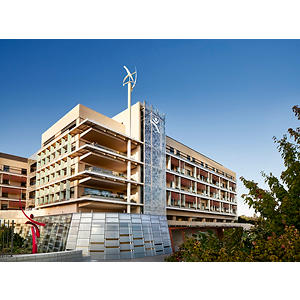
F. Fabian Okonski, MD
Clinical Assistant Professor
Pediatric Anesthesia
Lucile Packard Children's Hospital Stanford
Pediatric Anesthesia
725 Welch Road, MC 5902
Palo Alto, CA 94304
Teléfono:
(650) 497-8000
Fax:
(650) 497-8041
Localización

Pediatric Anesthesia
725 Welch Road, MC 5902
Palo Alto, CA 94304
Mapas, direcciones y estacionamiento
Teléfono : (650) 497-8000
Fax : (650) 497-8041
Trabajo y educación
Educación
University of Southern California Keck School of Medicine, Los Angeles, CA, 06/01/1990
Últimos años de residencia
Stanford University Anesthesiology Residency, Stanford, CA, 06/30/1994
Primeros años de residencia
Santa Clara Valley Medical Center Internal Medicine Residency, San Jose, CA, 06/30/1991
Certificado(s) de especialidad
Anesthesia, American Board of Anesthesiology, 1995
Pediatric Anesthesia, American Board of Anesthesiology, 2013
Idiomas
English
Spanish
Conéctese con nosotros:
Descarga nuestra App: